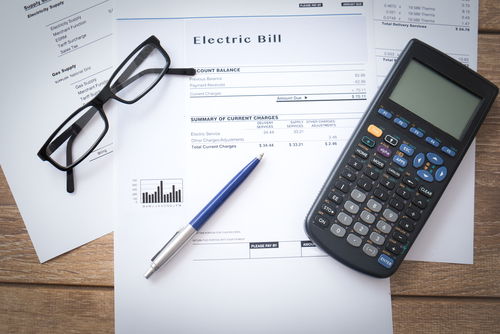Average monthly U.S. residential electric bill dropped 1.8 percent even as prices rose in 2019

A new report from the United States Energy Information Administration (EIA) this week revealed that the average monthly electricity bill for residential customers dropped around $3, or 1.8 percent, in 2019, despite electricity prices having risen 14 cents per kilowatt-hour (kWh).
The figures, calculated by dividing annual residential revenues by the number of customer accounts over a year, saw the average bill drop to $115 per month. In part, this could be attributed to the cooler summer weather. Other factors included changes in consumer behavior and greater energy efficiency through higher efficiency appliances and lighting or smart energy-saving devices.
Additionally, over the 10 years since 2009, the average monthly electricity consumption per customer in the United States has fallen by 2.3 percent, reaching 877 kWh in 2019.
Some states fared better than others in this recent report, however. With bills around three times the national average, Hawaii was the hardest hit, at $168 per month. This can be attributed to the state’s high reliance on higher cost, oil-fired electricity, which relies on imported petroleum. Connecticut was right behind it at $151 per month, though, due to higher than average electricity prices due to limiting natural gas constraints and its higher cost of living.
Alabama, South Carolina, and Mississippi all showcased lower than average electricity prices. However, Utah, New Mexico, and Colorado had the lowest monthly average residential electricity bills in 2019 — at $76, $80, and $83, respectively — owing to lower than average consumption levels and lower than average electricity rates.
